Home>Gardening & Outdoor>Pool & Spa Care>Why Is My Hot Tub Overheating
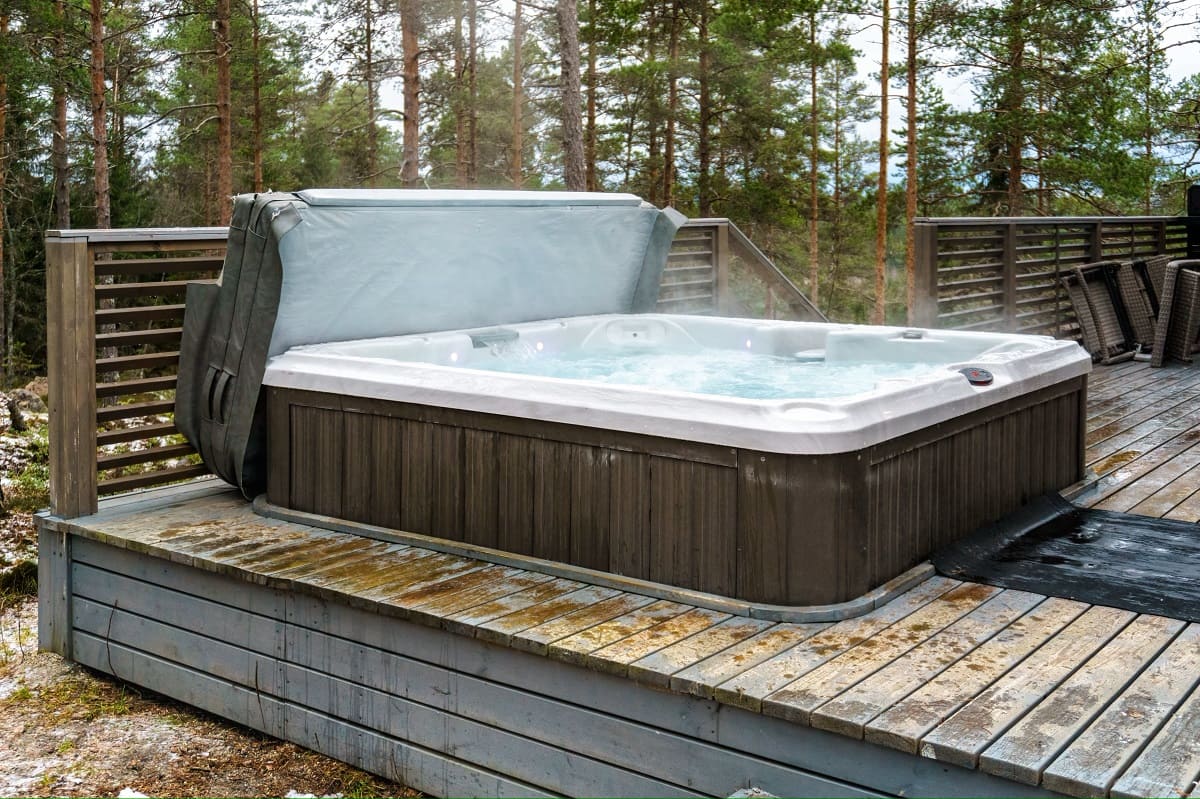

Pool & Spa Care
Why Is My Hot Tub Overheating
Modified: September 1, 2024
Discover the reasons behind your hot tub overheating and learn effective pool and spa care tips to prevent this issue. Keep your hot tub in top condition with our expert advice.
(Many of the links in this article redirect to a specific reviewed product. Your purchase of these products through affiliate links helps to generate commission for Storables.com, at no extra cost. Learn more)
Introduction
Owning a hot tub is a luxurious and relaxing experience, but encountering issues such as overheating can quickly turn that relaxation into frustration. If you've ever found yourself wondering, "Why is my hot tub overheating?" you're not alone. Understanding the causes of hot tub overheating, as well as preventative measures and troubleshooting techniques, can help you maintain a consistently enjoyable spa experience.
In this comprehensive guide, we'll delve into the factors that contribute to hot tub overheating, the common culprits behind this issue, and effective strategies for prevention and resolution. Whether you're a seasoned hot tub owner or considering investing in one, this knowledge will empower you to make the most of your spa while avoiding the inconvenience of overheating problems. So, let's dive in and explore the world of hot tub care and maintenance to ensure that your relaxation oasis remains a source of tranquility and pleasure.
Key Takeaways:
- Prevent hot tub overheating by regular maintenance, thermostat calibration, optimal insulation, strategic placement, and mindful usage. These practices ensure a comfortable and relaxing spa experience while promoting energy efficiency.
- Troubleshoot hot tub overheating by checking thermostat accuracy, inspecting water circulation, assessing environmental factors, examining heater or heat pump, reviewing usage patterns, and verifying insulation and cover integrity. This systematic approach restores optimal temperature regulation and prevents potential damage.
Read more: Why Is My Hot Tub Getting Too Hot
Understanding Hot Tub Overheating
Hot tub overheating occurs when the water temperature rises above the desired level, typically around 100-104°F (37-40°C). This can lead to discomfort, potential equipment damage, and increased energy consumption. Understanding the dynamics of hot tub overheating is crucial for effectively addressing and preventing this issue.
Several factors contribute to hot tub overheating. The primary heat source, usually an electric heater or heat pump, plays a pivotal role in regulating water temperature. Additionally, environmental factors such as direct sunlight and high ambient temperatures can elevate the water temperature beyond the set point. Insufficient water circulation and a malfunctioning thermostat can also lead to overheating, as they hinder the proper distribution and regulation of heat.
Moreover, the size and insulation of the hot tub, as well as the frequency of use, can influence its susceptibility to overheating. Understanding these elements allows hot tub owners to make informed decisions regarding maintenance, usage, and environmental placement to mitigate the risk of overheating.
By grasping the intricacies of hot tub overheating, individuals can proactively address potential issues and maintain optimal water temperature for a safe and enjoyable spa experience.
Common Causes of Hot Tub Overheating
Several factors can contribute to hot tub overheating, ranging from equipment malfunctions to environmental influences. Understanding these common causes is essential for effectively addressing and preventing overheating issues.
- Thermostat Malfunction: A faulty thermostat can inaccurately read the water temperature, leading to prolonged heating cycles and potential overheating.
- Insufficient Water Circulation: Inadequate water flow, often caused by clogged filters or pump malfunctions, can impede heat dissipation and result in elevated water temperatures.
- High Ambient Temperatures: Hot outdoor conditions, especially during summer months, can cause the water temperature to rise beyond the desired level, especially if the hot tub is exposed to direct sunlight.
- Heater or Heat Pump Issues: Malfunctions in the heating element or heat pump can lead to unregulated heat output, causing the water temperature to exceed the set point.
- Overuse: Frequent and prolonged hot tub usage can elevate water temperature, especially if the spa is not given adequate time to cool down between sessions.
- Improper Insulation: Inadequate insulation or cover damage can compromise the hot tub’s ability to retain heat, making it more susceptible to overheating, particularly in colder climates where the heater works harder to maintain the set temperature.
By recognizing these common causes, hot tub owners can take proactive measures to address and mitigate the risk of overheating. Regular maintenance, proper insulation, and attentive monitoring of environmental factors are key to preventing these issues and ensuring a consistently enjoyable hot tub experience.
Check the thermostat setting on your hot tub to ensure it’s not set too high. Also, make sure the water level is correct and the filter is clean to prevent overheating.
How to Prevent Hot Tub Overheating
Preventing hot tub overheating involves a combination of proactive maintenance, environmental considerations, and attentive usage practices. By implementing the following preventative measures, hot tub owners can minimize the risk of overheating and maintain optimal water temperature for a relaxing and safe spa experience.
- Regular Maintenance: Consistent upkeep of the hot tub’s components, including filters, pumps, and heaters, is essential for preventing malfunctions that can lead to overheating. Routine inspection and cleaning can help ensure proper water circulation and temperature regulation.
- Thermostat Calibration: Periodically calibrating the thermostat to accurately reflect the desired water temperature can prevent prolonged heating cycles and potential overheating. This can be done with the assistance of a professional or according to the manufacturer’s guidelines.
- Optimal Insulation: Ensuring that the hot tub is adequately insulated and that the cover is in good condition can help retain heat and reduce the likelihood of overheating, particularly in colder climates where the heater works harder to maintain the set temperature.
- Strategic Placement: Positioning the hot tub in a shaded area, away from direct sunlight, can mitigate the impact of high ambient temperatures and reduce the risk of overheating, especially during warmer seasons.
- Monitoring Usage: Encouraging balanced and moderate hot tub usage, with intervals for the water to cool down between sessions, can prevent excessive heat buildup and contribute to energy efficiency.
- Environmental Considerations: Being mindful of outdoor temperature fluctuations and adjusting the hot tub’s settings accordingly can help prevent overheating, particularly during extreme weather conditions.
By incorporating these preventative measures into their hot tub maintenance routine, owners can effectively safeguard against overheating issues and promote a consistently enjoyable and comfortable spa environment.
Troubleshooting Hot Tub Overheating Issues
When faced with hot tub overheating issues, troubleshooting the underlying causes is essential for prompt resolution and prevention of potential damage. By following a systematic approach, hot tub owners can identify and address overheating issues effectively, ensuring the continued functionality and safety of their spa.
- Check Thermostat Accuracy: Verify the accuracy of the thermostat by using a reliable thermometer to measure the water temperature. If discrepancies are found, recalibration or replacement may be necessary to prevent prolonged heating cycles.
- Inspect Water Circulation: Check for clogged filters, pump malfunctions, or obstructed jets that may impede water circulation and hinder heat dissipation. Cleaning or replacing filters and addressing pump issues can restore proper water flow and temperature regulation.
- Assess Environmental Factors: Evaluate the hot tub’s placement and exposure to direct sunlight, especially during warmer seasons. Consider relocating the spa to a shaded area or providing additional shading to mitigate the impact of high ambient temperatures.
- Examine Heater or Heat Pump: Inspect the heating element or heat pump for malfunctions, such as erratic heat output or failure to reach the set temperature. Professional assessment and repair may be necessary to restore proper heating functionality.
- Review Usage Patterns: Assess the frequency and duration of hot tub usage, ensuring adequate intervals for the water to cool down between sessions. Encourage balanced usage to prevent excessive heat buildup and optimize energy efficiency.
- Verify Insulation and Cover: Check the hot tub’s insulation and cover for damage or inadequate sealing, which can compromise heat retention. Repairing or replacing insulation and covers can enhance temperature regulation and prevent overheating, particularly in colder climates.
By methodically troubleshooting these potential causes of hot tub overheating, owners can effectively identify and address issues, promoting the continued functionality and comfort of their spa. Seeking professional assistance for complex repairs or assessments can further ensure the optimal performance and longevity of the hot tub.
Read more: Why Did My Hot Tub Drain
Conclusion
Understanding the causes of hot tub overheating and implementing preventative measures are essential for maintaining a consistently enjoyable and safe spa experience. By recognizing common culprits such as thermostat malfunctions, insufficient water circulation, environmental influences, and equipment issues, hot tub owners can proactively address potential overheating issues.
Preventative measures, including regular maintenance, thermostat calibration, optimal insulation, strategic placement, and mindful usage, play a crucial role in mitigating the risk of overheating and promoting energy efficiency. By incorporating these practices into their hot tub care routine, owners can safeguard against overheating while ensuring a comfortable and relaxing spa environment.
Furthermore, troubleshooting overheating issues through systematic inspection and assessment allows for prompt identification and resolution of underlying causes. By addressing thermostat accuracy, water circulation, environmental factors, heating element functionality, usage patterns, and insulation integrity, owners can effectively restore optimal temperature regulation and prevent potential damage to their hot tub.
In conclusion, maintaining a well-regulated and comfortable hot tub environment requires a proactive approach to prevent and address overheating issues. By integrating preventative measures and thorough troubleshooting into their hot tub care routine, owners can enjoy the benefits of their spa while minimizing the inconvenience of overheating. With a combination of attentive maintenance, environmental awareness, and strategic usage practices, hot tub owners can ensure that their relaxation oasis remains a source of tranquility and pleasure for years to come.
Frequently Asked Questions about Why Is My Hot Tub Overheating
Was this page helpful?
At Storables.com, we guarantee accurate and reliable information. Our content, validated by Expert Board Contributors, is crafted following stringent Editorial Policies. We're committed to providing you with well-researched, expert-backed insights for all your informational needs.
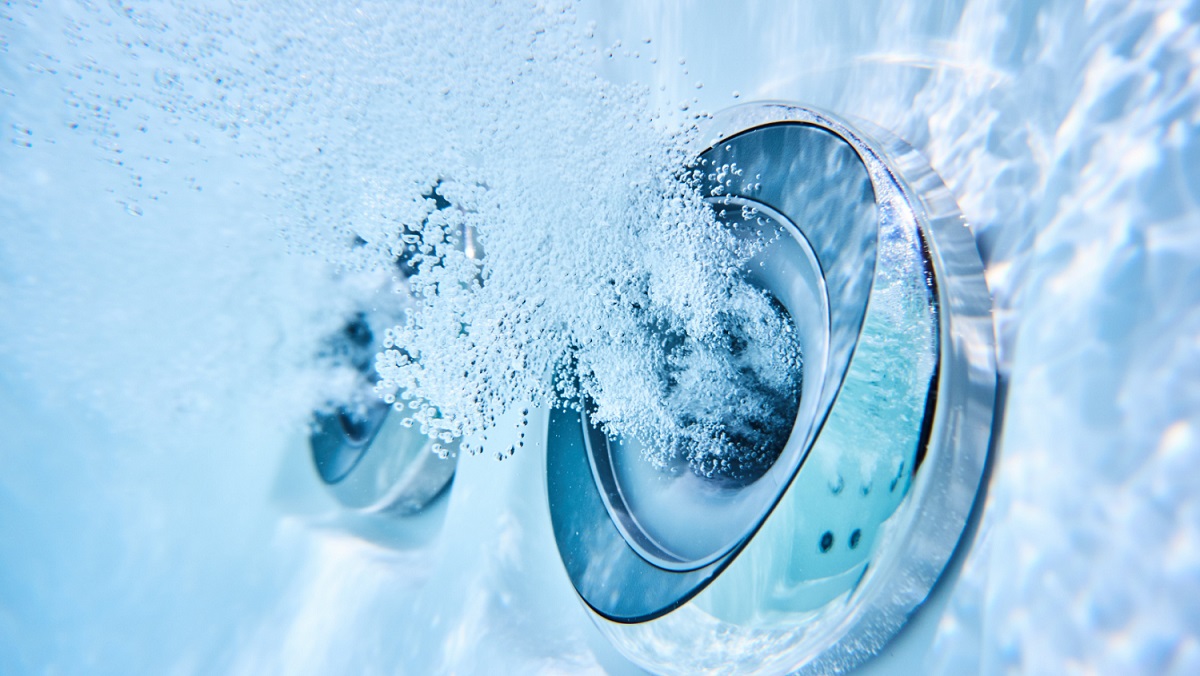
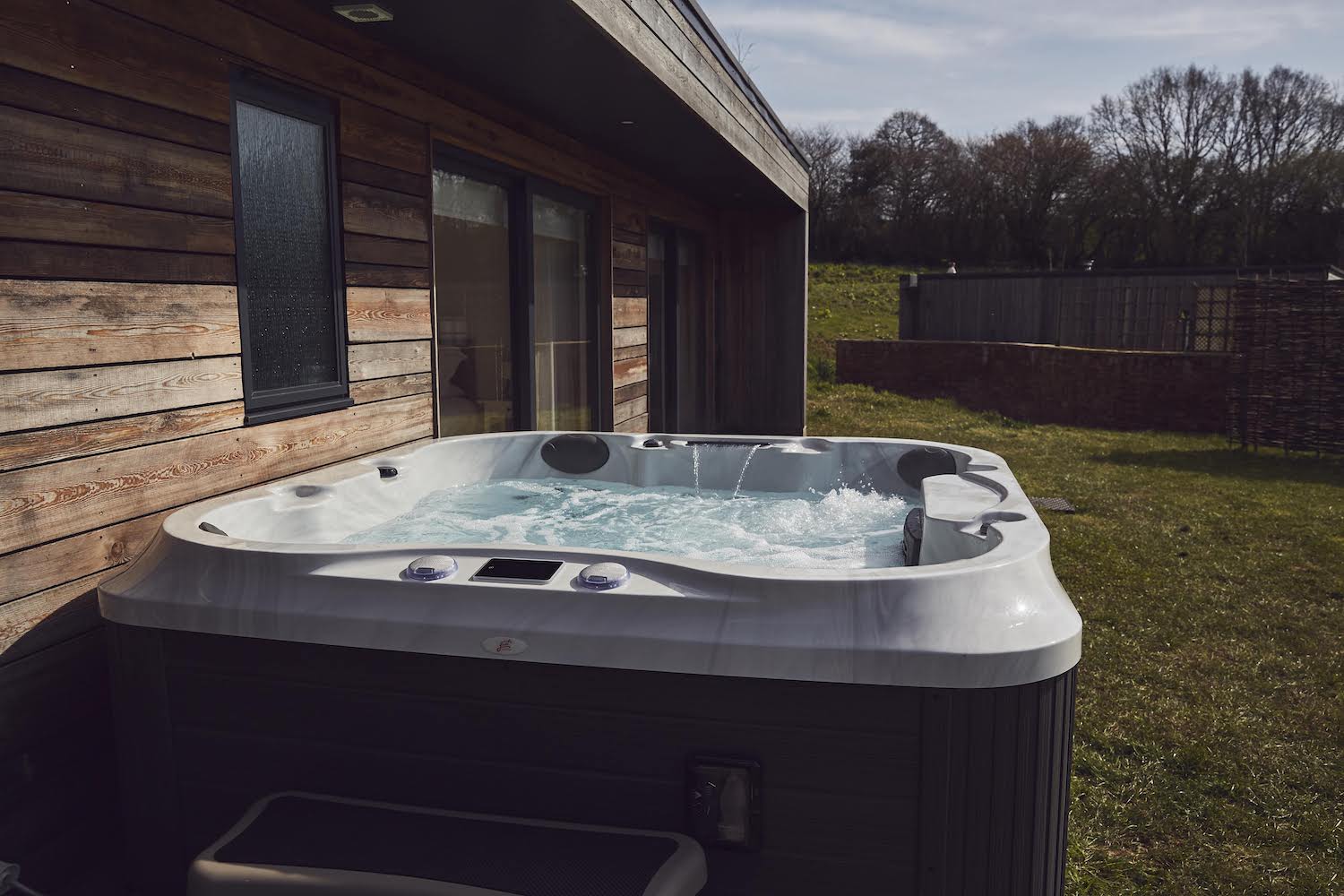
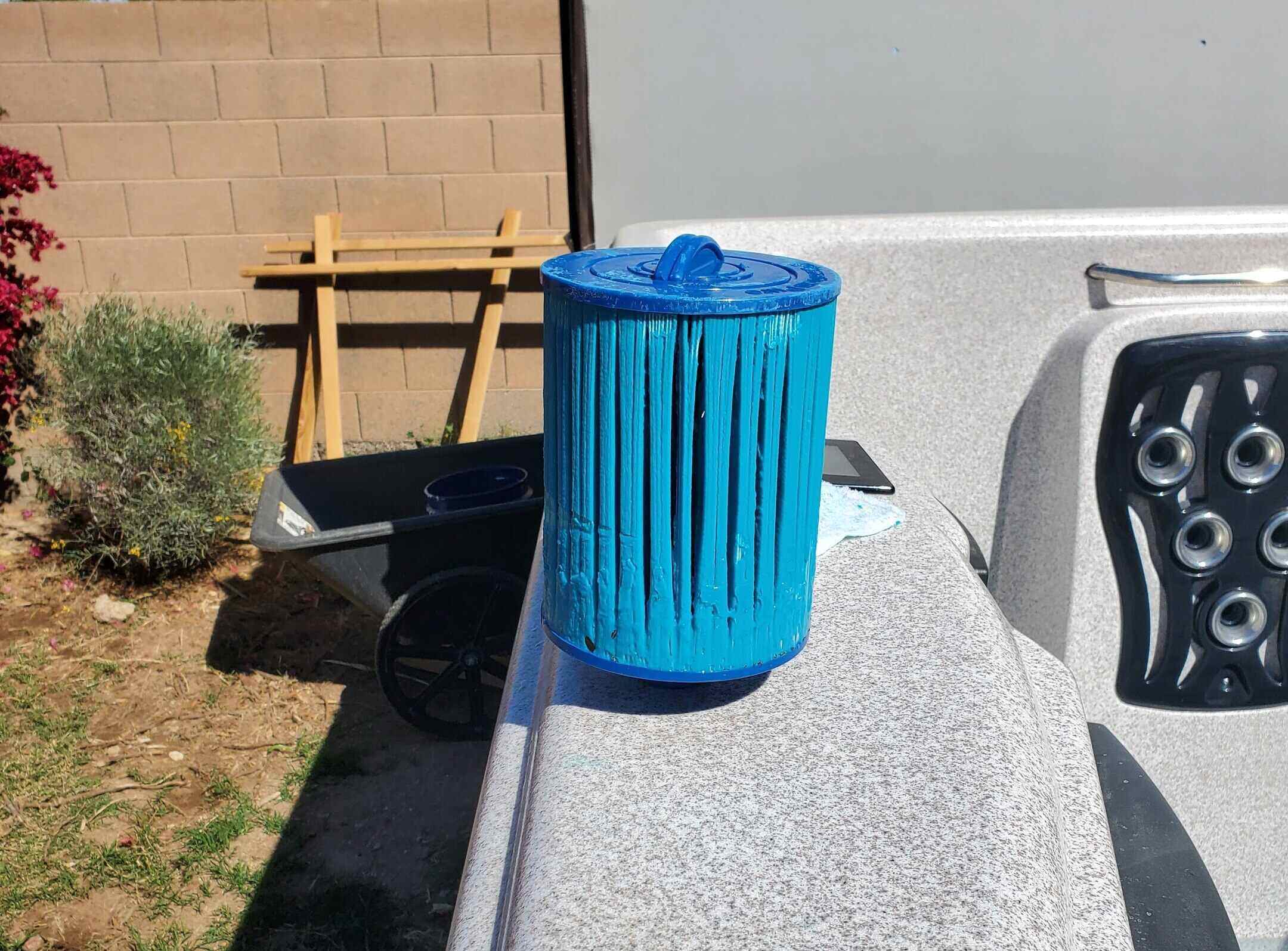
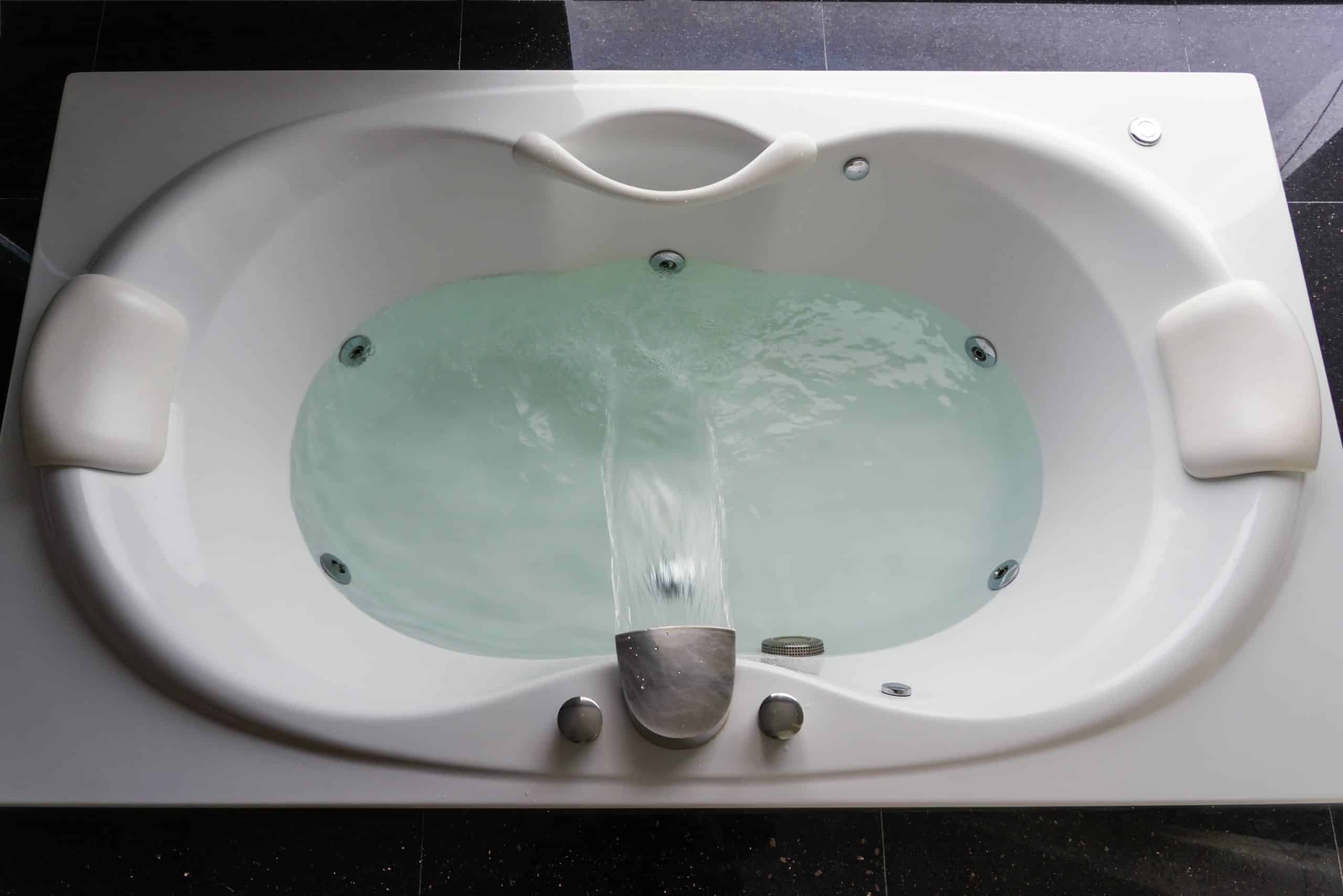
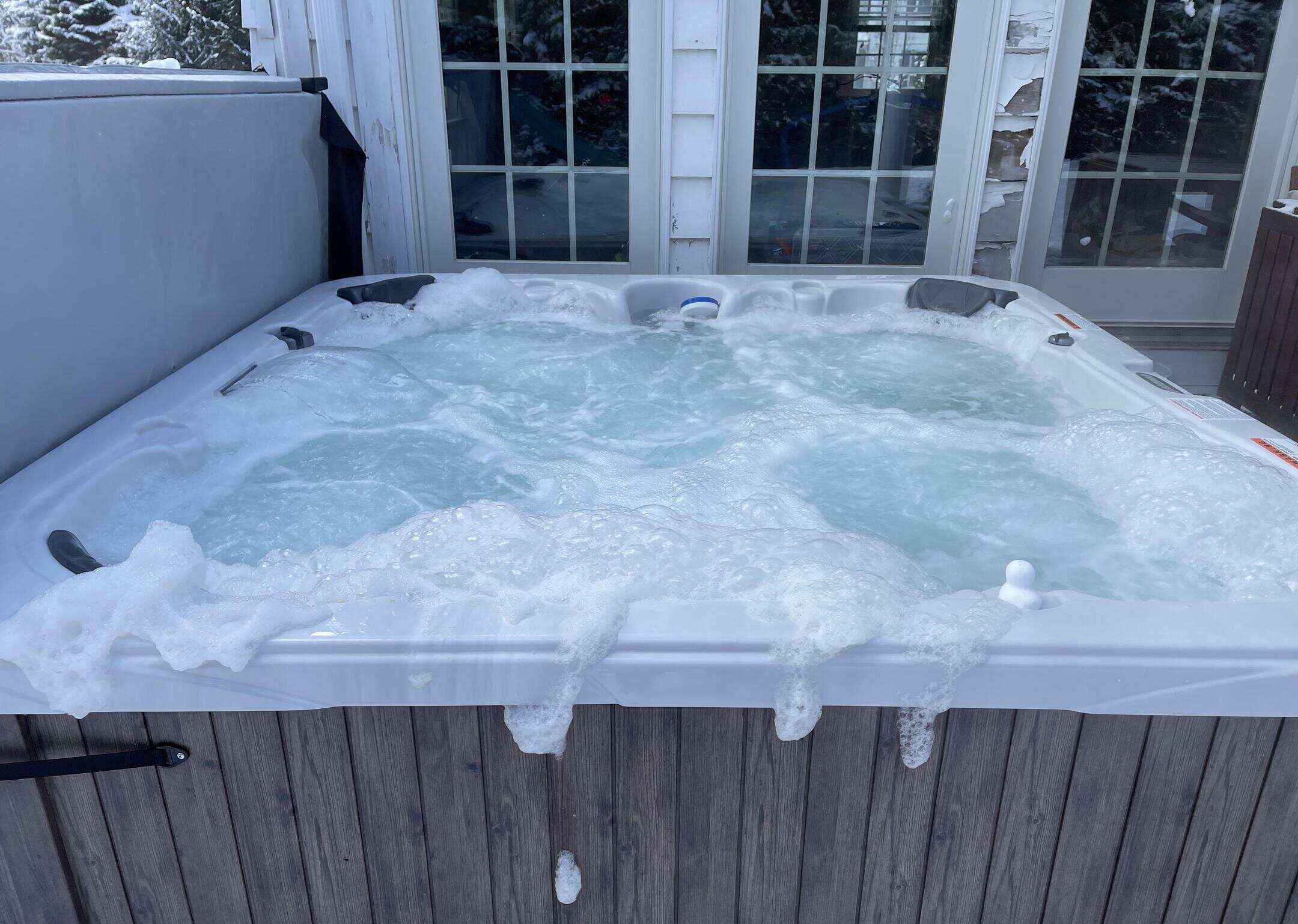
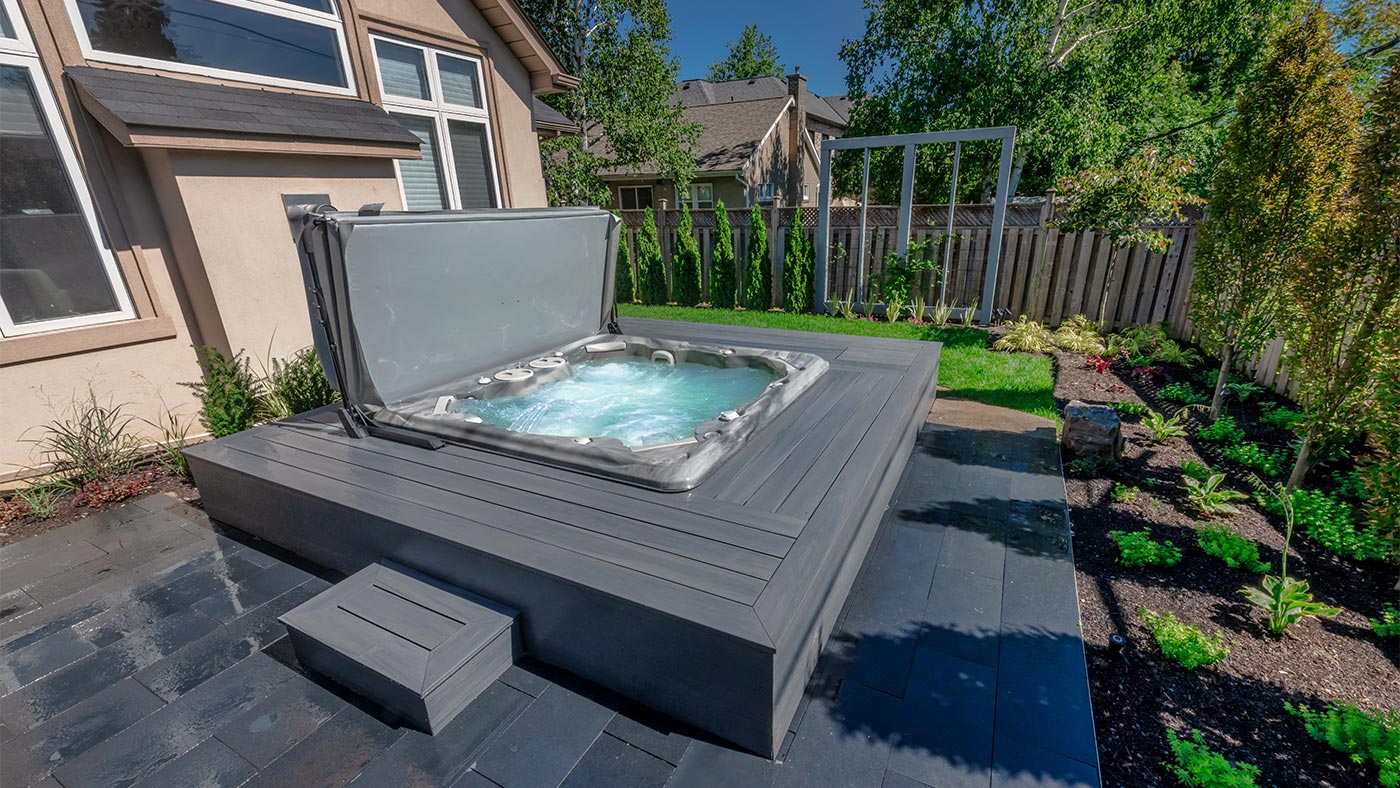
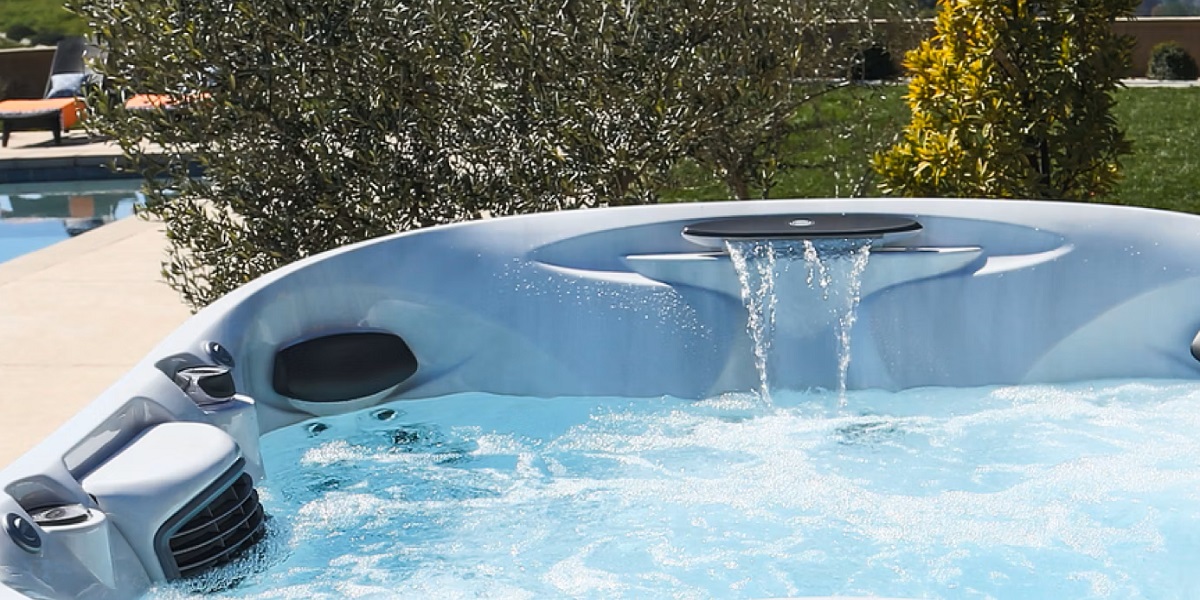
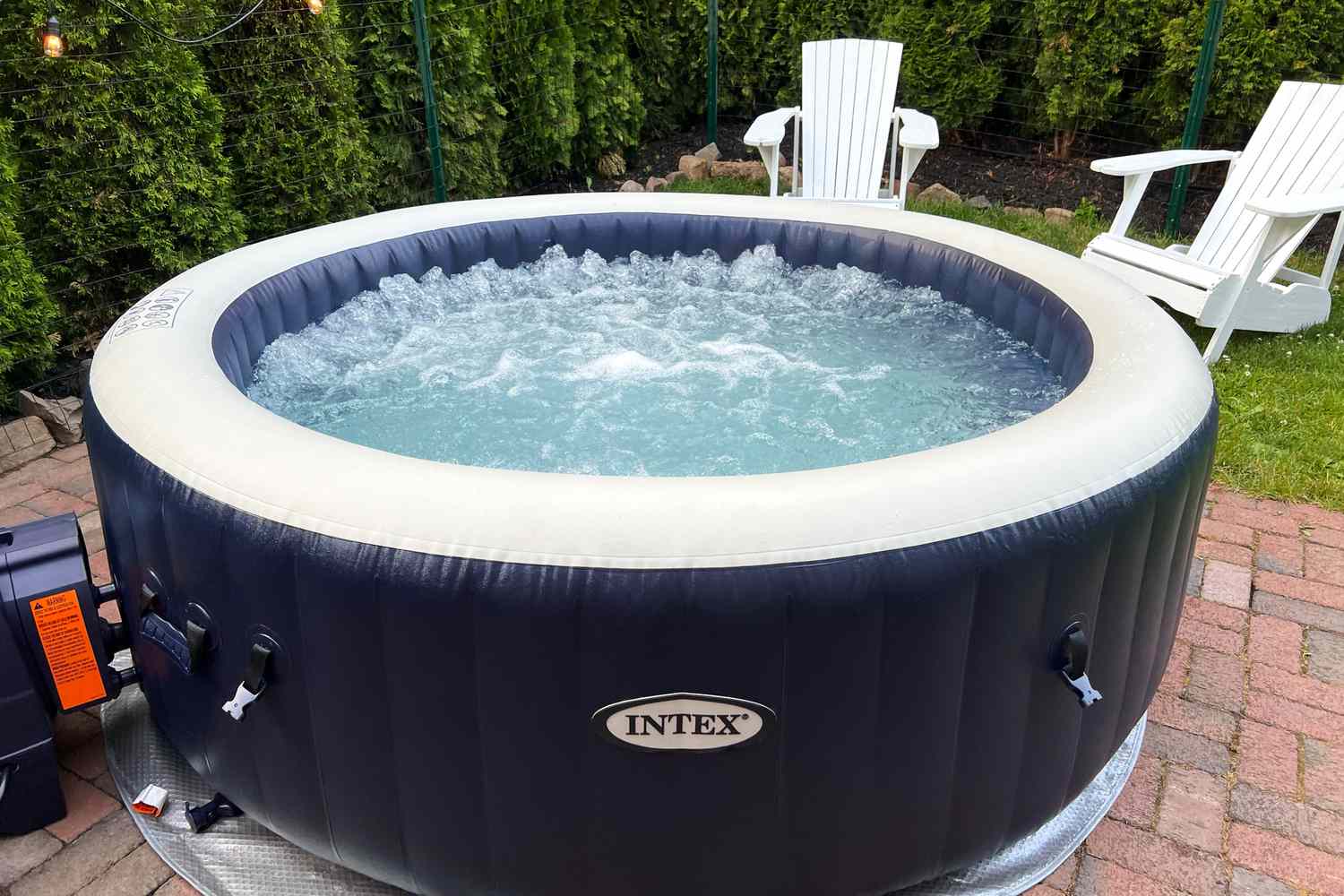
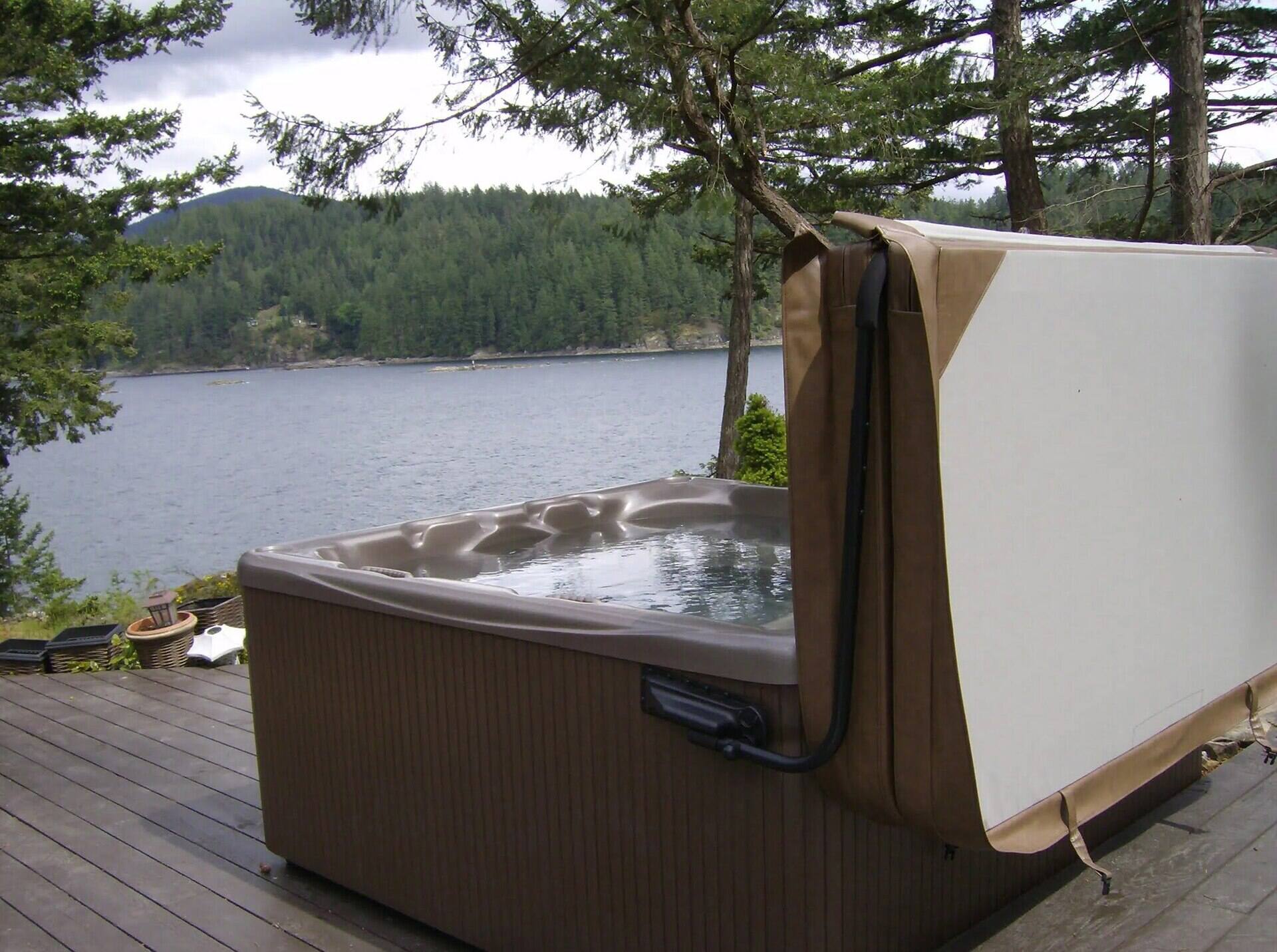
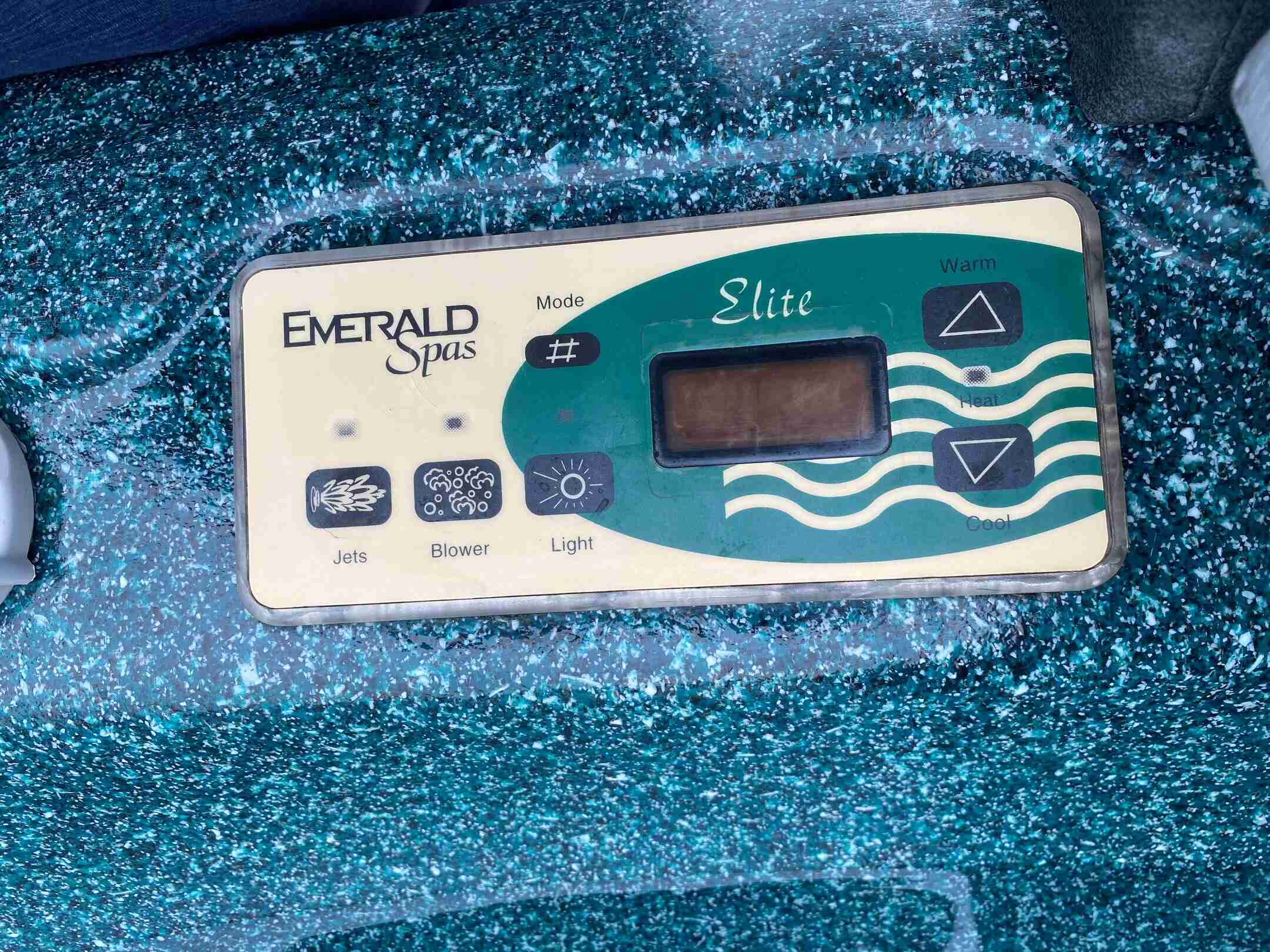
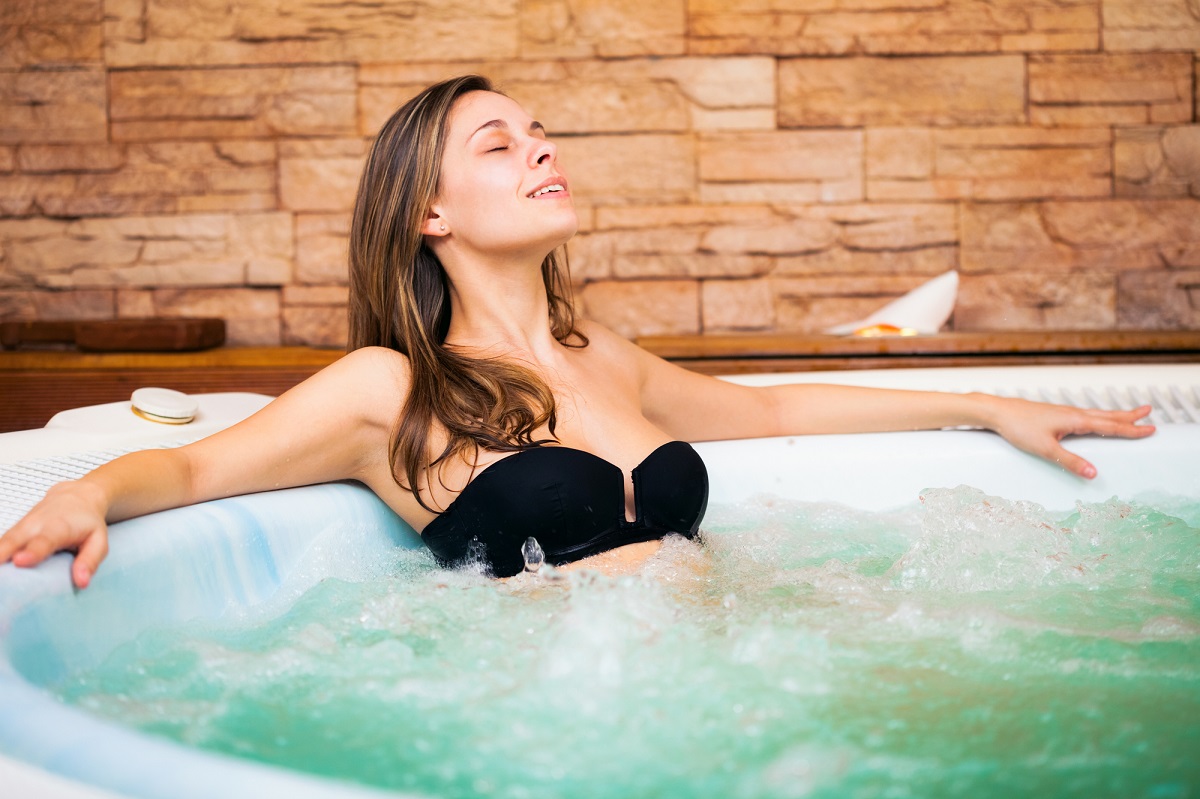
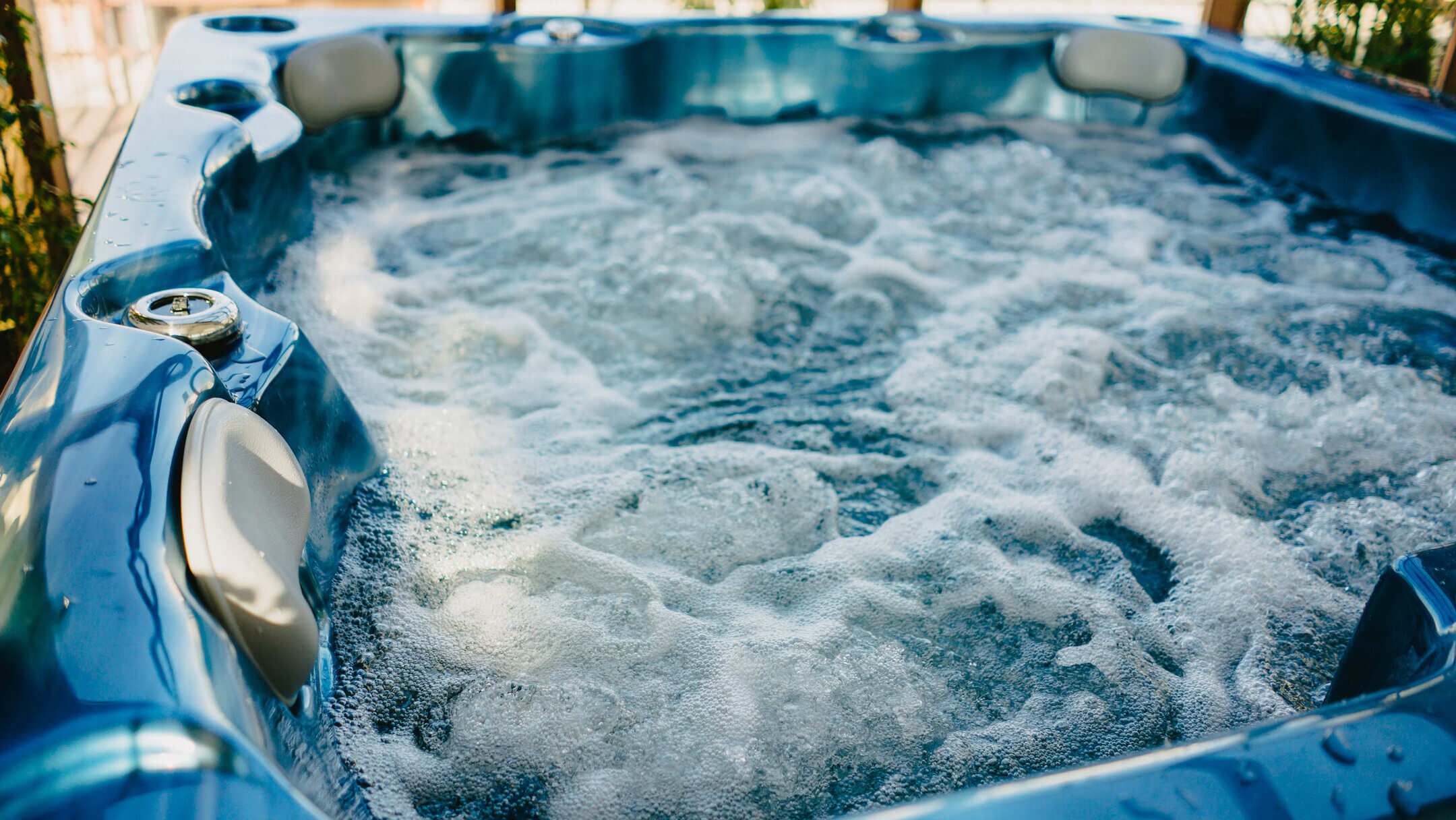
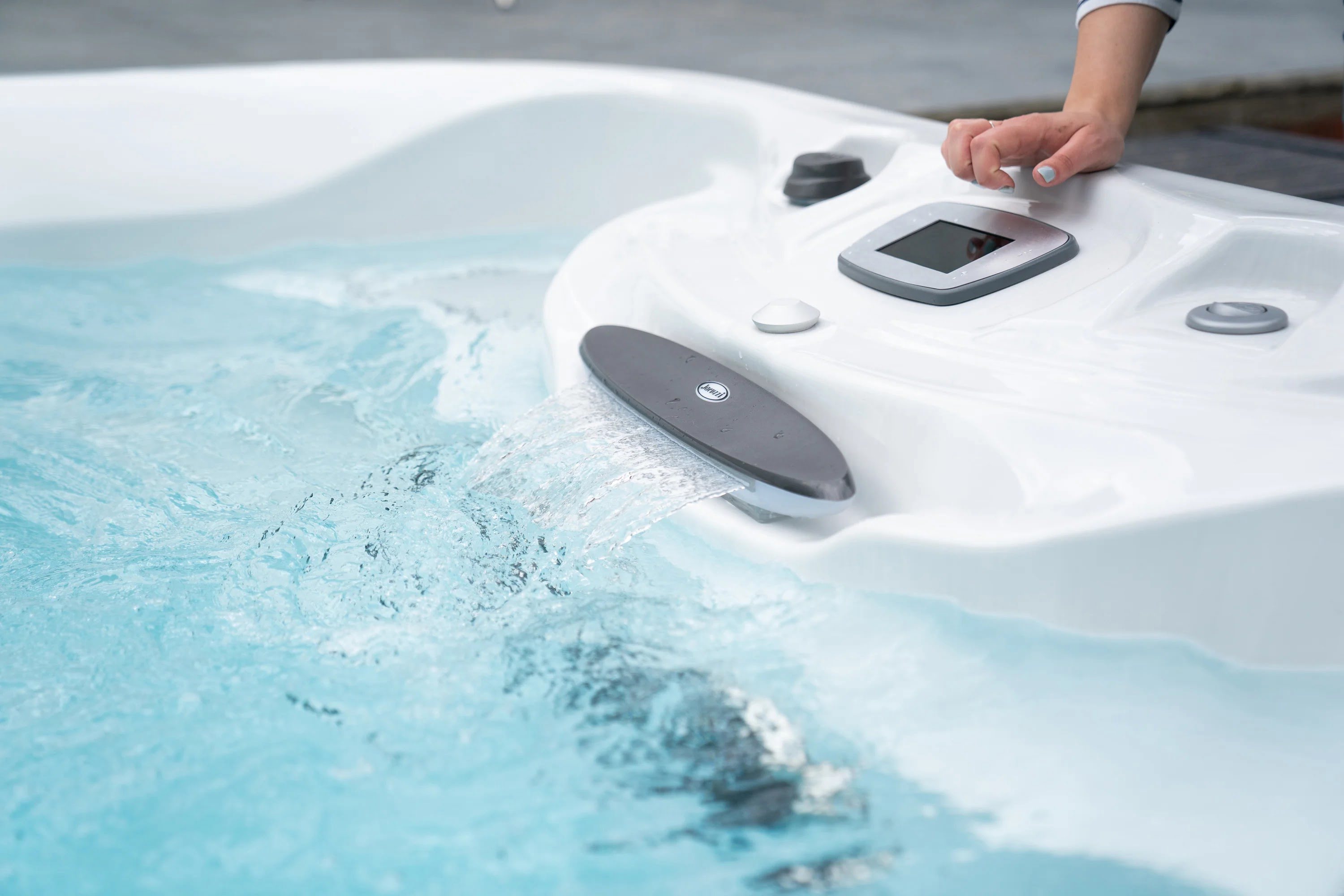
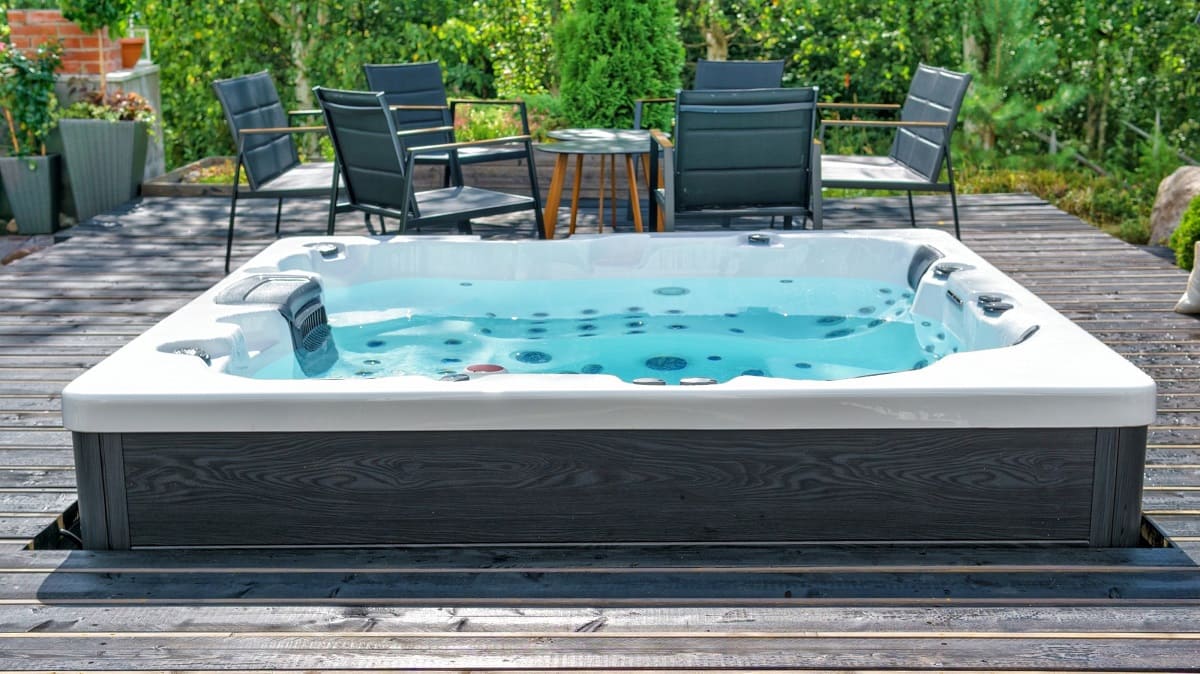

0 thoughts on “Why Is My Hot Tub Overheating”